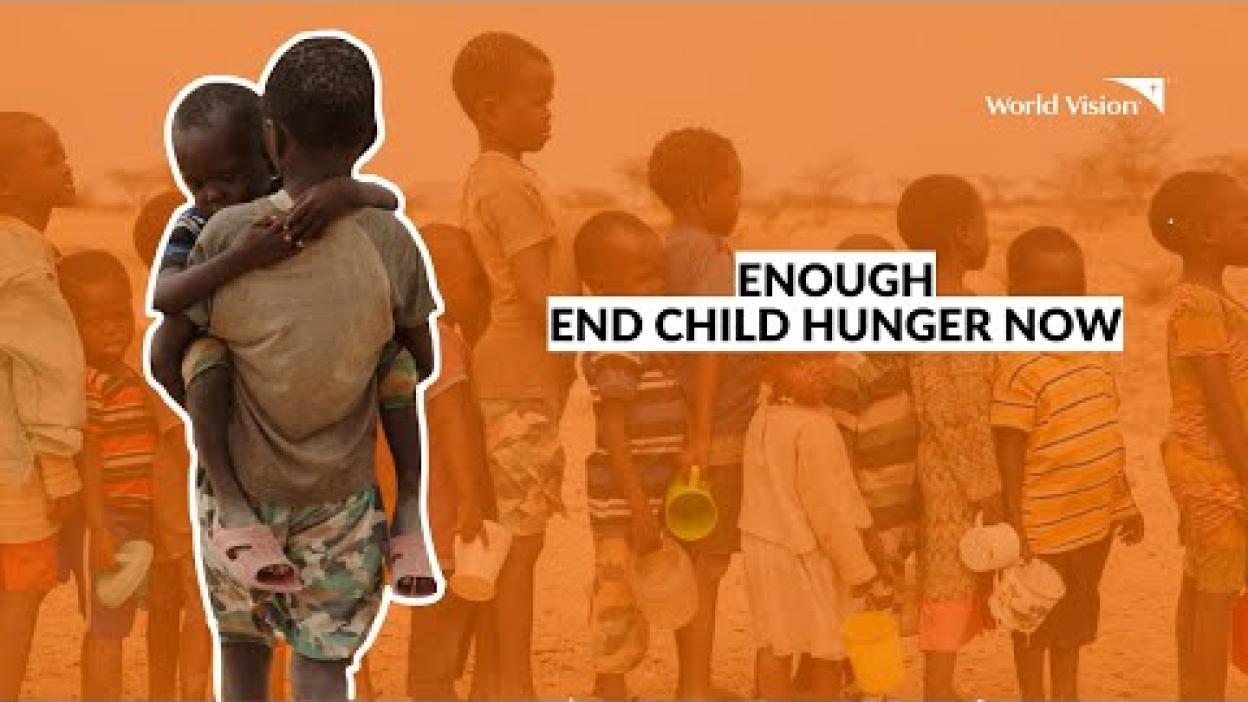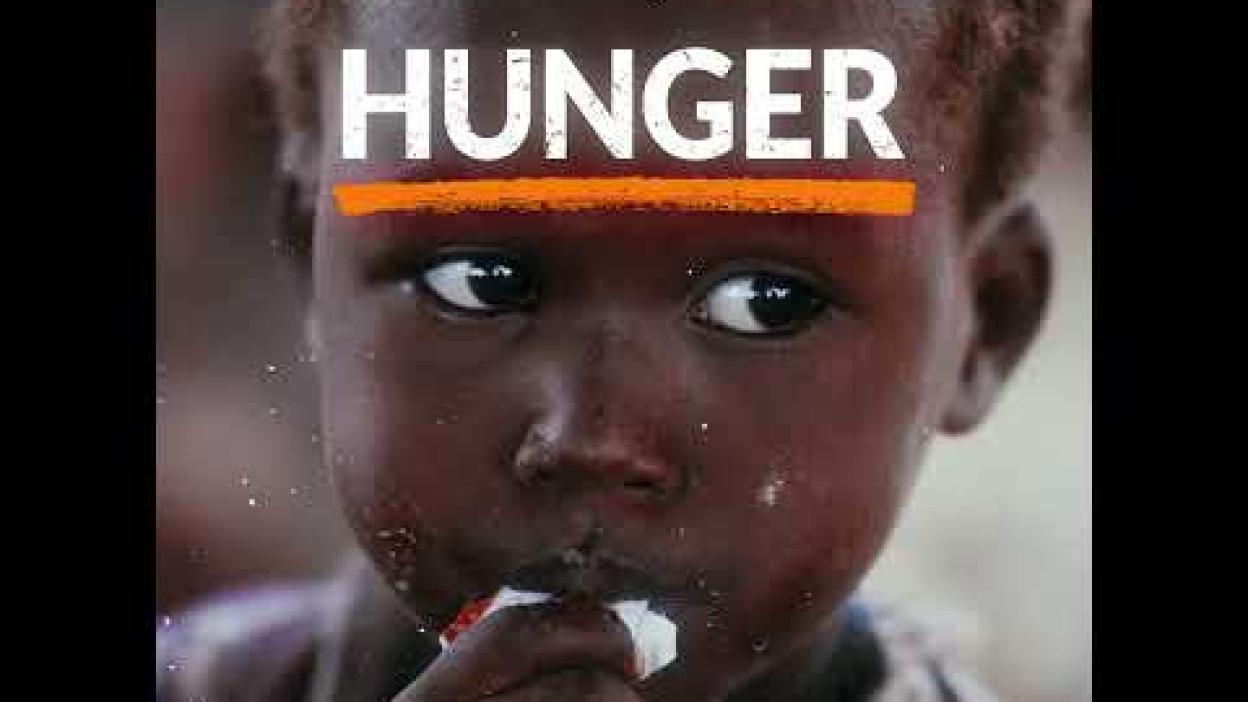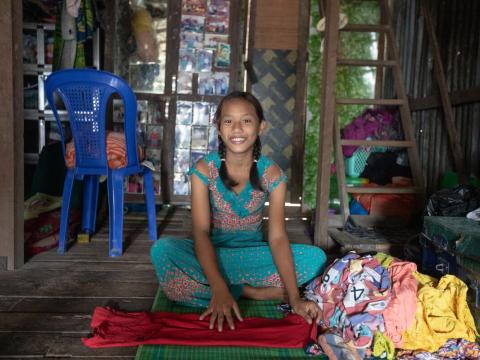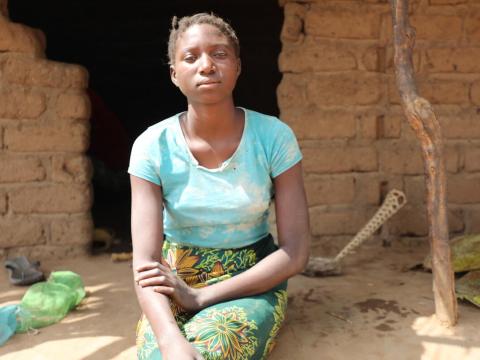
World Food Day
The cost of malnutrition for girls
We have enough to end child hunger and malnutrition. A life of plenty for every child has always been possible—but that’s not the reality.
The fact is, when there isn't enough food to go around, girls are disproportionately affected.
Malnutrition in girls has a ripple effect, impacting not just their health and well-being, but also their education, safety and potential. Hunger doesn’t just compromise girls' health and well-being today. It also threatens their education, future earnings, and health and future of their children in a vicious cycle that if left unchecked is passed on to the next generation of girls.
ENOUGH is ENOUGH
If we don’t act now, a generation of vulnerable children will die or not reach their potential.
Addressing malnutrition is crucial for girls’ futures, to break the cycle of poverty, and help them reach their potential with better education and stable employment.
Click HERE to check the "Cost of Malnutrition to Girls" Interactive Data
World Vision Impact
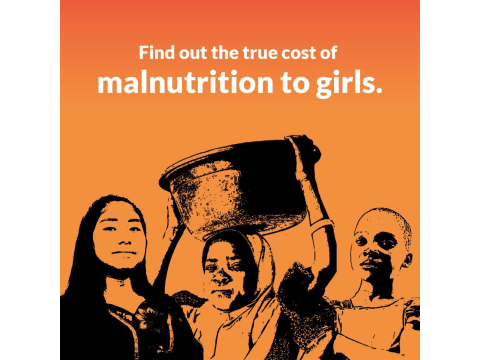
Nutrition Challenge
Walk in the footsteps of a girl as she and her family make impossible choices in order to navigate poverty and malnutrition.
Hunger’s a complex issue, not a hopeless one.
By donating today you can help children facing starvation survive, recover and build a future.
World Vision is responding through our global hunger response. We are targeting 31 most-at-risk nations with life-saving aid and assistance in countries where children are one step away from famine, living with acute malnutrition and facing the threat of civil unrest and other vulnerabilities.
How can we tackle malnutrition and it's effects on girls?
Expand Nutrition Services for Children
Universal coverage of Essential Nutrition Actions and services must be prioritised to prevent and treat malnutrition, especially for women and girls. This involves strengthening health systems, investing in nutrition training, and rapidly scaling up community health worker programs to ensure comprehensive coverage and effective interventions.
Address Adolescent Nutrition
Implement policies and programs to enhance adolescent nutrition, including with multiple micronutrient supplementation, now categorised by the World Health Organisation as an essential medicine. Prioritise reducing adolescent anaemia through improved dietary practices and equitable food distribution within households.
Combat Gender Inequality
Address the gender-specific challenges that exacerbate malnutrition, such as child marriage, and limited access to education and resources for girls. Support interventions that improve harmful gender norms, enhance the nutritional status of girls and women, contributing to breaking the cycle of intergenerational malnutrition. Although multi-sectoral interventions are more complex and must be tailored to each context, programmes that address interpersonal, community, institutional, and policy drivers of nutrition could help break the vicious cycle of malnutrition for good.
Leverage Schools for Nutritional Interventions
Utilise school meal programs and the broader school environment to address children’s nutritional needs and support health education. Schools can serve as crucial platforms for promoting dietary diversity, fortification, and supplementation, as well as for connecting families with social protection and health services.
Increase funding to address the root causes of food insecurity
We don't just want to help people eat today, but to prevent malnutrition in future generations. Less than a quarter of current aid flows directed toward food security and nutrition address root causes, with the majority allocated to food consumption. An additional USD 10.8 billion per year is required to eliminate child wasting, stunting, and anaemia.
Regulate and Monitor Food Environments
Governments should establish mandatory food regulation policies tailored to each context to support healthy diets for all, especially children and adolescents, while also promoting and supporting exclusive breastfeeding. This should include reducing the consumption of unhealthy foods and UPFs among children and adolescents and restrictions on marketing, fiscal policies such as taxes, and clear labelling to counteract the commercial pressures driving poor nutritional choices. Women and newborns are especially harmed by misleading marketing of breastmilk substitutes, which is why implementation and enforcement of the WHO BMS Marketing Code is so crucial.

